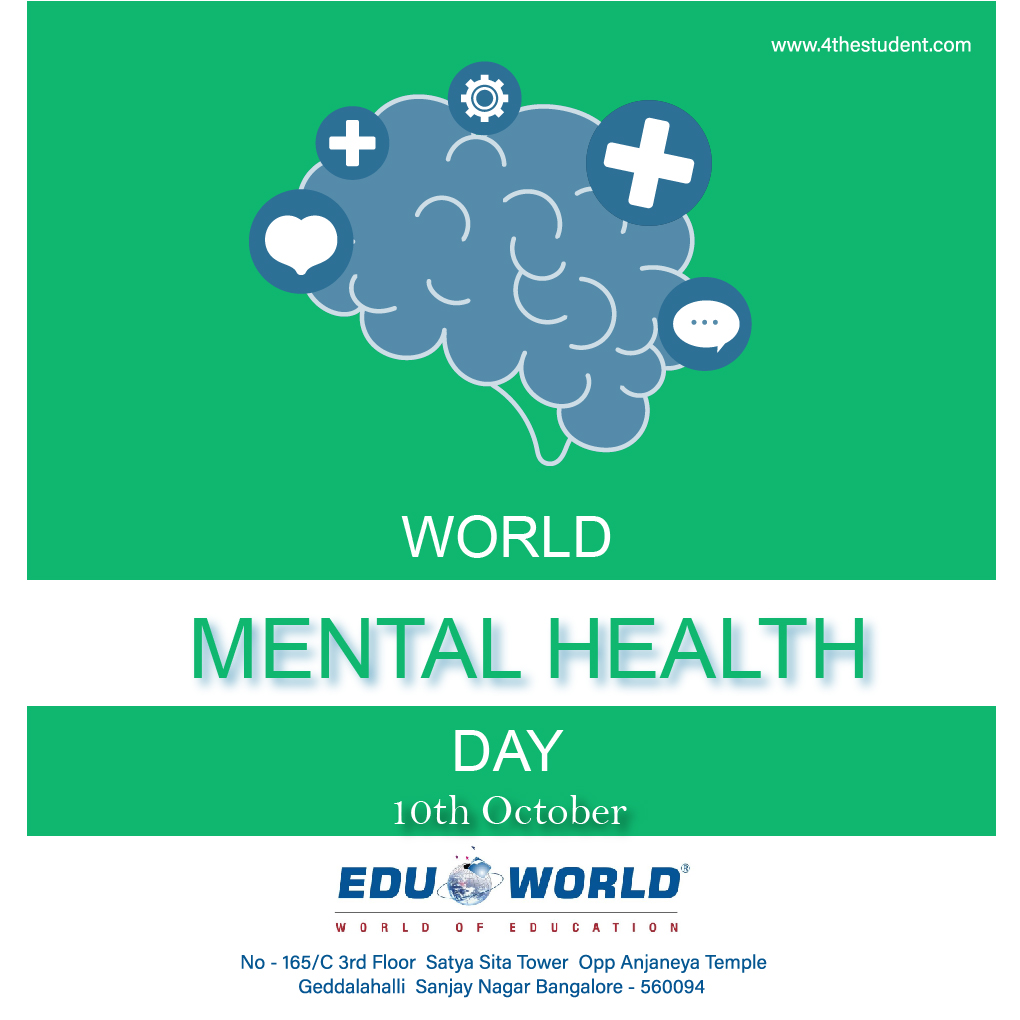The observance of World Mental Health Day occurs on October 10. Numerous initiatives are planned on this day to raise awareness of mental health problems, their impacts on those who are afflicted, and the lives of those who care for them. On the concluding day of the Mental Health Awareness Campaign Week campaign, which was started last year by the Ministry of Health and Family Welfare, World Mental Health Day is observed in India. Make mental health & well-being for all a global priority is the theme—actually, the tagline or World Mental Health Day 2022. According to the World Health Organization (WHO), prior to the COVID19 epidemic, one in eight persons globally experienced mental health problems. But there wasn’t enough financial and structural support for mental health. The main objectives of World Mental Health Day are to raise public awareness of mental health concerns around the world and to motivate people to support mental health. The event makes sure that the topic of mental health is brought up and continues to be on people’s minds. The day offers opportunity for mental health care professionals to exchange ideas and discover new strategies for ensurig that mental health treatment is available to everyone worldwide. Our physical and mental health are both directly impacted by our emotional and mental health. While work is one of the best things, we can do to maintain our mental health, it may also negatively impact it. A state of good mental health and wellbeing cannot come and go. Regardless of circumstances or events, we can all experience days, weeks, or even entire months where we feel resilient, powerful, and optimistic. If we don’t feel resilient and optimistic in just one or two aspects of our life, this can frequently be combined with or transition to a quite different set of thoughts, attitudes, and behaviours. About 25% of us may experience a major change in how we think, feel, and act in many areas of our lives, including as relationships, work experiences, feeling connected to our peer groups, and our own sense of self-worth, physical health, and motivation. This could lead to us developing a mental health condition such as anxiety, depression, substance misuse. The term “mental health” refers to the social and emotional well-being of individuals and groups. The idea has to do with having fun in life, being able to handle stress and sadness, realising one’s potential and aspirations, and feeling connected to other people. Mental health is not just the absence of a mental health disease; it also involves wellness rather than illness. Mental health is not fixed, much as physical health. From normal, healthy functioning at one end to severe signs of mental health disorders at the other, mental health exists on a continuum or range. Throughout their lifetime, a person’s mental health fluctuates between these points in reaction to various stresses and situations. People who are healthy and exhibit high levels of wellbeing are found at the green end of the spectrum. People may begin to struggle when they enter the yellow zone. People struggle more in the orange region, where symptoms may also become more severe and frequent. People who are at the red end of the continuum are more likely to have severe symptoms and be in danger of self-harm or suicide. The continuum of mental health is influenced by risk factors and protective factors, which can move persons back and forth along it. They may be personal or related to a person’s family, job, or other events in life.
Edu world shares the idea that our mental health may be put under more stress as a result of risk factors, while protective factors can help us maintain or improve our mental health as a result. Given that most individuals spend a large portion of their waking hours at work, the workplace has a significant impact on people’s mental health and wellness. Being “in the green” or “in the orange” can be determined by the environment at work, which should be encouraging and supportive.




